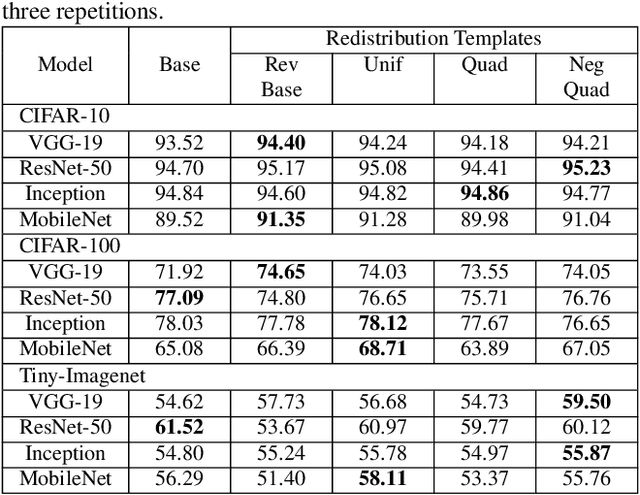Filter Distribution Templates in Convolutional Networks for Image Classification Tasks
Paper and Code
Apr 28, 2021



Neural network designers have reached progressive accuracy by increasing models depth, introducing new layer types and discovering new combinations of layers. A common element in many architectures is the distribution of the number of filters in each layer. Neural network models keep a pattern design of increasing filters in deeper layers such as those in LeNet, VGG, ResNet, MobileNet and even in automatic discovered architectures such as NASNet. It remains unknown if this pyramidal distribution of filters is the best for different tasks and constrains. In this work we present a series of modifications in the distribution of filters in four popular neural network models and their effects in accuracy and resource consumption. Results show that by applying this approach, some models improve up to 8.9% in accuracy showing reductions in parameters up to 54%.
 Add to Chrome
Add to Chrome Add to Firefox
Add to Firefox Add to Edge
Add to Edge